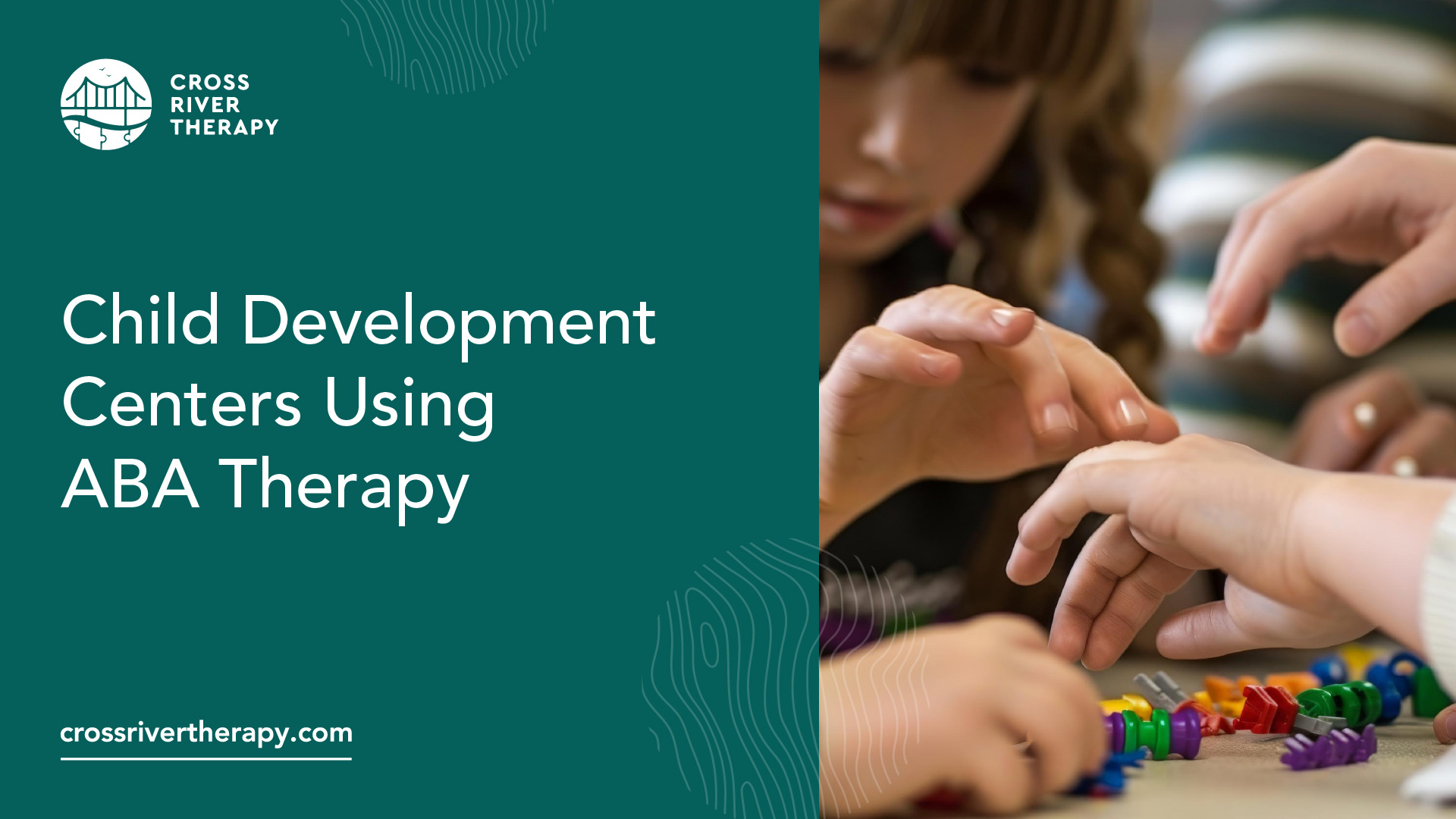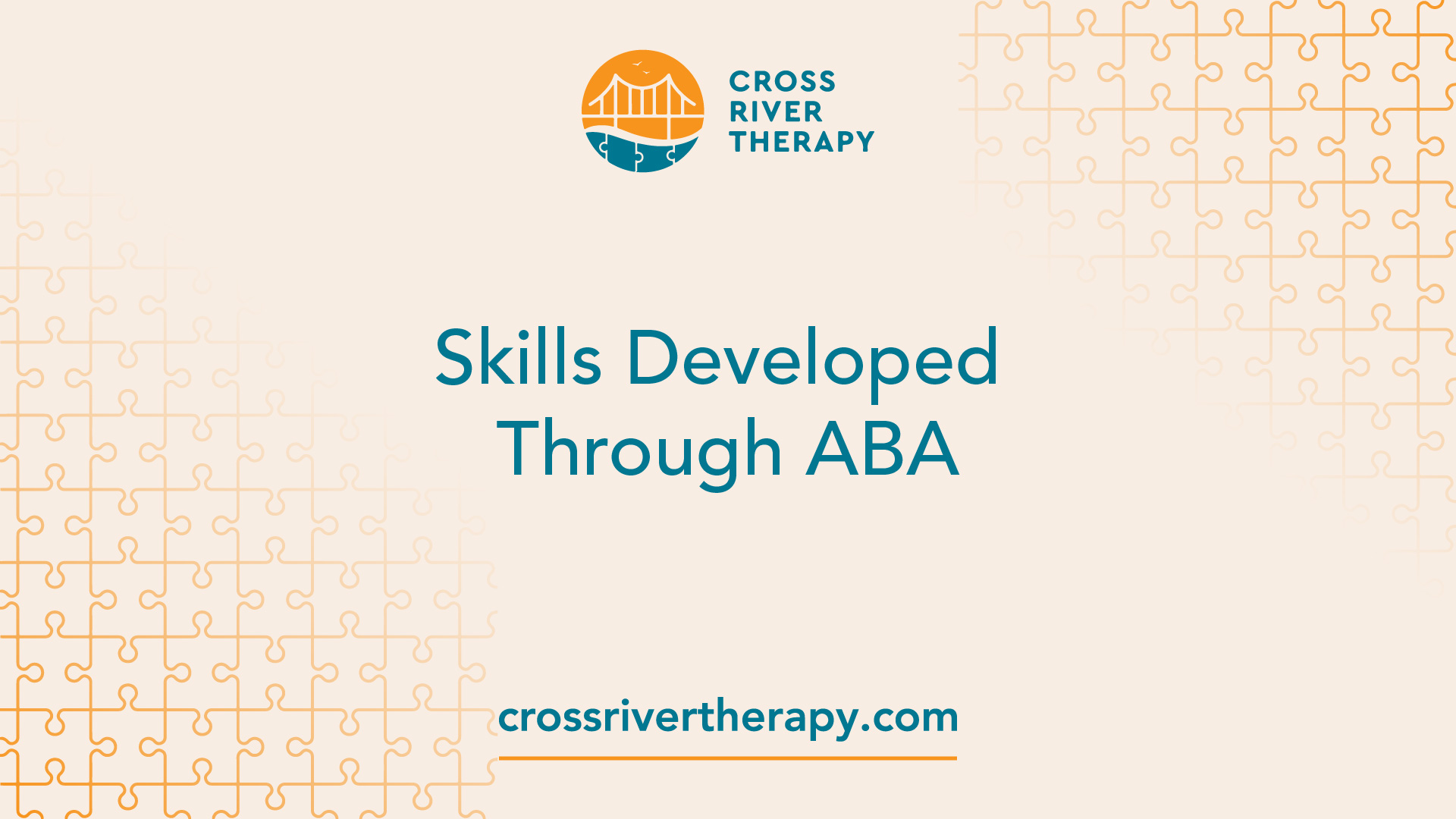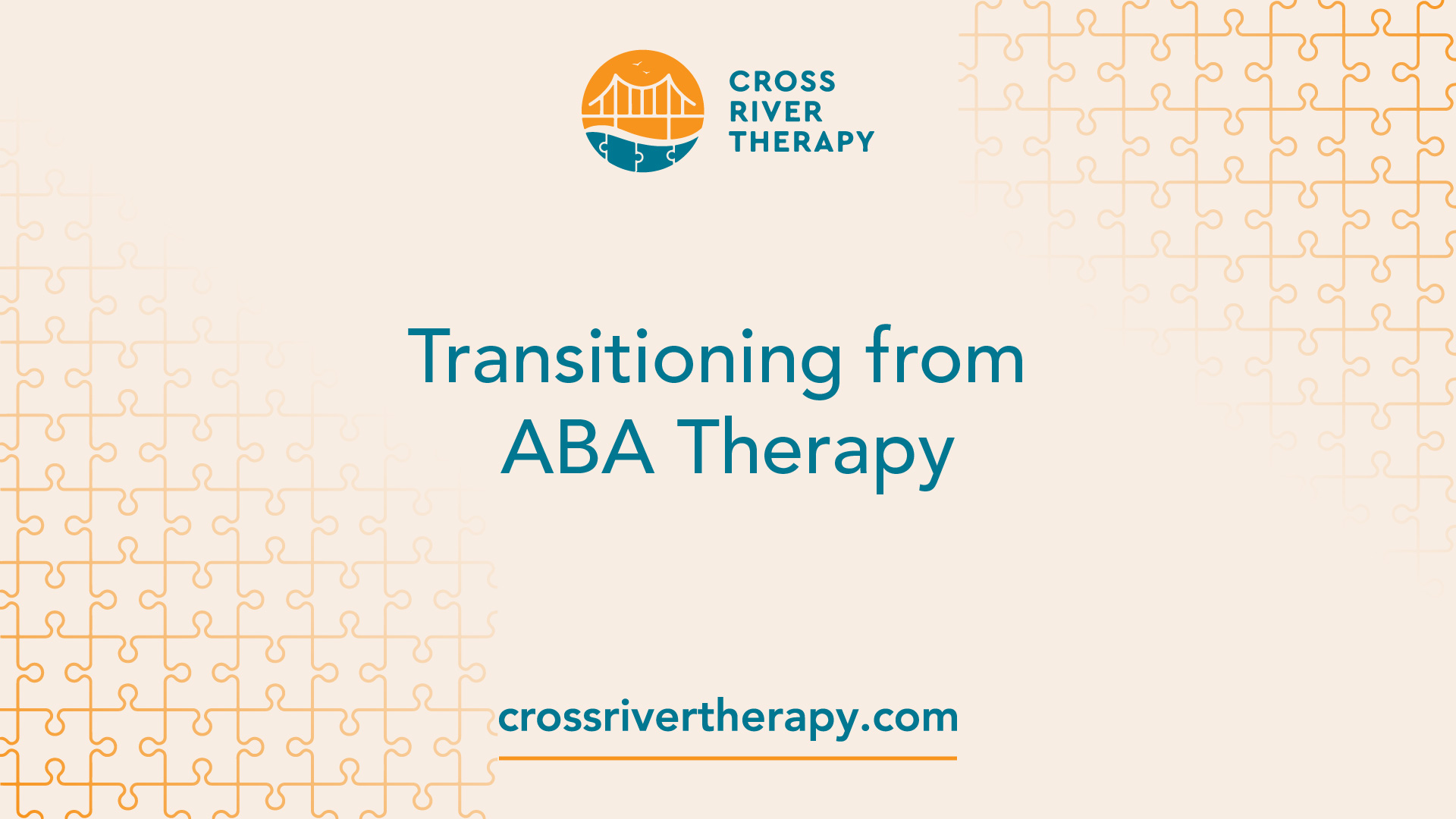Child Development Centers Using ABA Therapy
Discover how ABA therapy and child development centers support children with autism in achieving their full potential!
Understanding ABA Therapy
In the context of child development centers, ABA (Applied Behavior Analysis) therapy plays a significant role in supporting children diagnosed with autism. Knowing its history and the individuality of programs provides parents with essential insights into this therapeutic approach.
History of ABA Therapy
ABA therapy traces its roots back to the 1960s when it was developed as an intervention for children with autism and related developmental disorders. This approach has gained widespread acceptance and recognition over the years.

According to sources like Autism Speaks, ABA has been instrumental in helping children learn new skills, improve independence, enhance communication, and reduce challenging behaviors. Its effectiveness is supported by numerous organizations, including the US Surgeon General and the American Psychological Association, who have recognized ABA as an evidence-based best practice treatment for individuals with autism.
Individualized ABA Programs
ABA therapy is not a one-size-fits-all solution; it is grounded in the principle of individualized programs tailored to meet the unique needs of each child. This customization ensures that specific goals are targeted, allowing children to flourish according to their capabilities and learning styles.
ABA practitioners evaluate children’s skills and challenges to formulate a treatment plan that addresses their needs. Such plans may focus on various areas, including communication, social skills, and daily living activities.
Research indicates that effective ABA-based interventions can generate substantial benefits in areas like socialization, communication, and expressive language, indicating its comprehensive impact on child development.
By implementing individualized ABA therapy programs, child development centers aim to provide supportive environments where children can grow and achieve meaningful progress in their lives.
Key Features of Individualized ABA Programs
- Assessment of skills and challenges
- Customized treatment plans
- Focus on specific behavioral goals
- Ongoing evaluation and adjustment
Key Components of ABA Therapy
In ABA therapy, several fundamental components guide the effectiveness of the approach, especially for children diagnosed with autism. These components play a crucial role in ensuring that the therapy is tailored to meet the unique needs of each child.

Positive Reinforcement Techniques
Positive reinforcement is a cornerstone of ABA therapy. This strategy encourages positive behavior change by providing rewards that are meaningful to the individual. These rewards can include praise, toys, or access to preferred activities such as playground time.
The use of positive reinforcement helps children understand the connection between their behaviors and the rewards they receive. This approach fosters an environment where desired behaviors are encouraged and developed, enhancing the child's ability to communicate, interact, and manage behavior. Here’s a summary of common positive reinforcement examples:
- Verbal Praise: "Great job!"
- Tangible Rewards: Stickers or toys
- Activities: Extra playtime or crafting
- Social Interactions: High-fives or smiles from peers
By employing these techniques, ABA therapy reinforces skill acquisition, enabling children to develop independence and improve their social interactions.
Role of BCBA and RBTs
In ABA therapy, a Board Certified Behavior Analyst (BCBA) and Registered Behavior Technicians (RBTs) play essential roles in delivering effective interventions.
- BCBA: The BCBA oversees the therapy program, conducts assessments, and designs individualized ABA strategies based on the specific needs of the child. They are responsible for monitoring progress and ensuring that interventions are evidence-based. The BCBA collaborates with parents and other professionals to create a comprehensive plan that promotes positive outcomes.
- RBT: The RBT implements the daily activities and lessons as designed by the BCBA. They work directly with the child, applying various ABA techniques and providing consistent reinforcement of learned behaviors. These professionals receive extensive training in behavioral principles and are skilled in fostering engagement during therapy sessions.
This collaborative approach between the BCBA and RBT ensures that ABA therapy is effective and tailored for each child, helping them not only manage behavioral challenges but also acquire essential skills for their growth and development.
Effectiveness of ABA Therapy
ABA therapy has proven effective in helping children diagnosed with autism spectrum disorder (ASD) achieve meaningful milestones. Its structured approach caters to individual needs, demonstrating significant improvements over time.
Evidence-Based Practice
ABA therapy is recognized as an evidence-based best practice treatment for individuals with autism. More than 20 studies have shown that it can significantly benefit children in various developmental areas, including:
- Intellectual Functioning: Marked improvements in IQ scores
- Language Development: Enhanced communication skills
- Daily Living Skills: Increased independence in daily tasks
- Social Functioning: Better interaction with peers
According to Autism Speaks, these advancements typically occur over a period of 1 to 3 years of intensive and long-term therapy. ABA not only helps children learn new skills but also improves their independence and relationships while reducing challenging behaviors.
Long-Term Benefits
The long-term benefits of ABA therapy are significant. Research indicates that higher intensity and longer durations of therapy result in increased outcomes in crucial functional areas. Some key benefits include:
- Academic Skills: Higher grades in school
- Adaptive Functioning: Greater self-care abilities
- Cognitive Skills: Improved problem-solving
- Language Skills: Enhanced verbal communication
- Social Skills: Stronger friendships
Positive outcomes can be achieved for children with autism across a wide age range, indicating the importance of intensive interventions at any stage in life.
By understanding the effectiveness of ABA therapy, parents can make informed decisions about their child's treatment options, ensuring they receive the best possible support in their development journey.

Full-Time ABA Therapy
Full-time ABA therapy offers an intensive approach to support children diagnosed with autism. Typically, it involves providing therapy sessions for 20 to 40 hours each week. This level of commitment can yield significant benefits in a child’s development.
Intensive Intervention
Intensive intervention through full-time ABA therapy creates multiple learning opportunities for children. This structure allows specialists to closely monitor behaviors and implement immediate interventions as needed. According to research, children requiring intensive support tend to show more positive outcomes when engaged in such programs [4].
Outcomes with Increased Hours
Significant evidence indicates that increasing the number of therapy hours can lead to measurable improvements. Studies show that children receiving ABA therapy for 36 hours per week or more often experience enhancements in IQ and adaptive skills. The table below illustrates the correlation between hours of ABA therapy and expected developmental outcomes.
- 20 Hours: Basic communication skills
- 30 Hours: Improved social interactions
- 36+ Hours: Increases in IQ and adaptive skills
In addition, a meta-analysis encompassing seven studies has shown an overall communication outcome among children with autism, demonstrating a standardized mean difference of d = 0.30. This information underscores the benefits of comprehensive and sustained ABA therapy in child development.
Parents are encouraged to consider full-time ABA therapy within the context of ABA therapy and autism services to maximize their child’s therapeutic experience. With adequate support and engagement, children can make considerable strides in their development.
Skills Developed Through ABA1
ABA therapy is an essential tool for helping children diagnosed with autism develop a range of skills. Through tailored programs, children can acquire social, communication, daily living, and academic skills that enable them to thrive in various environments.
Social and Communication Skills
Social and communication skills are crucial for helping children interact effectively with peers and adults. ABA therapy focuses on enhancing these skills through structured interventions and positive reinforcement. Children learn to recognize social cues, share, take turns, and engage in conversations. The therapy incorporates practical scenarios that encourage children to practice their social skills in real-life settings.
- Expressing Emotions: Identifying and labeling feelings
- Turn-Taking: Engaging in games and group activities
- Initiating Conversations: Approaching peers to start a dialogue
- Eye Contact: Maintaining appropriate eye contact during interactions
These skills are integral for enhancing a child's ability to build friendships and participate in group activities, ultimately leading to healthier social interactions.
Daily Living and Academic Skills
ABA therapy also emphasizes the development of daily living skills, which are essential for fostering independence. Children learn routine tasks and personal care activities, such as grooming, hygiene, and managing daily schedules. These skills are broken down into manageable steps, making them easier to learn and practice.
- Personal Hygiene: Brushing teeth, washing hands
- Meal Preparation: Making simple snacks, setting the table
- Organization: Keeping school materials organized
- Time Management: Using visual schedules for daily tasks
Academic skills are another vital component of ABA therapy. Through targeted instruction, children can improve their learning abilities, including literacy, numeracy, and problem-solving. The structured approach of ABA helps children acquire these skills effectively, preparing them for success in educational settings.
By combining social, communication, daily living, and academic skills, ABA therapy empowers children with autism to navigate their world more confidently. For further insights into how ABA therapy can benefit children with autism, check out our pages on aba therapy and autism treatment centers and aba therapy and autism treatment programs.
Transitioning from ABA Therapy
Transitioning from ABA therapy to a traditional school setting can be a significant step for children diagnosed with autism. This process requires careful collaboration and active family involvement to ensure a smooth adjustment.
Collaboration with School
The partnership between parents, ABA therapists, and school staff plays a crucial role in this transition. When these groups work together, they can establish strong relationships with school personnel, allowing for effective communication and support. This collaboration is essential to help the child adapt to the school environment and to promptly address any challenges that arise during this transition. It enables educational staff to understand the child's needs and how best to support them in a new setting.
Regular meetings among parents, therapists, and educators can facilitate this process. By sharing insights and strategies that worked during therapy, parents can help teachers implement effective support systems in the classroom. This ensures the child benefits fully from both the classroom experience and the existing strategies they learned through ABA therapy.
Importance of Family Involvement
Family involvement is paramount when planning for a child’s transition from ABA therapy to school. Parents are the most knowledgeable about their child's unique strengths and challenges. Their active participation in discussions about placements and potential school settings can contribute to finding the best educational environment.
Ongoing communication with the local school setting is vital. Families should not hesitate to advocate for their child's needs and preferences, keeping in mind that understanding available supports and resources will ease this transition [5].
Parents should also consider observing the child care or school environment. Monitoring behaviors during drop-off and pick-up or noting any unexplained changes will aid in evaluating whether the chosen setting aligns with their child's needs [6].
Finding the right balance between continuing ABA therapy and starting school is important. Regular discussions can guide the decision-making process regarding the optimal placement and adjustments needed to support the child's growth effectively.
Families should explore options, including programs like ABA therapy and autism treatment programs to ensure comprehensive support is available during and after the transition.
References
[1]: https://www.ambitionsaba.com/resources/aba-therapy-and-child-development-centers
[2]: https://www.ncbi.nlm.nih.gov/pmc/articles/PMC7265021/
[3]: https://www.autismspeaks.org/applied-behavior-analysis
[4]: https://behavioral-innovations.com/blog/benefits-of-full-time-aba-therapy/
[5]: https://medicine.iu.edu/blogs/pediatrics/child-development-choosing-between-aba-therapy-and-school
[6]: https://ncchildcare.ncdhhs.gov/Services/Licensing/Child-Care-License-Overview



